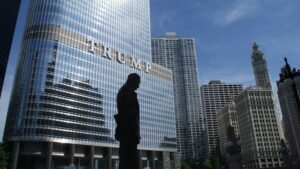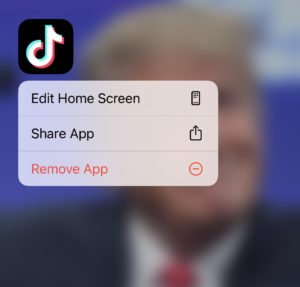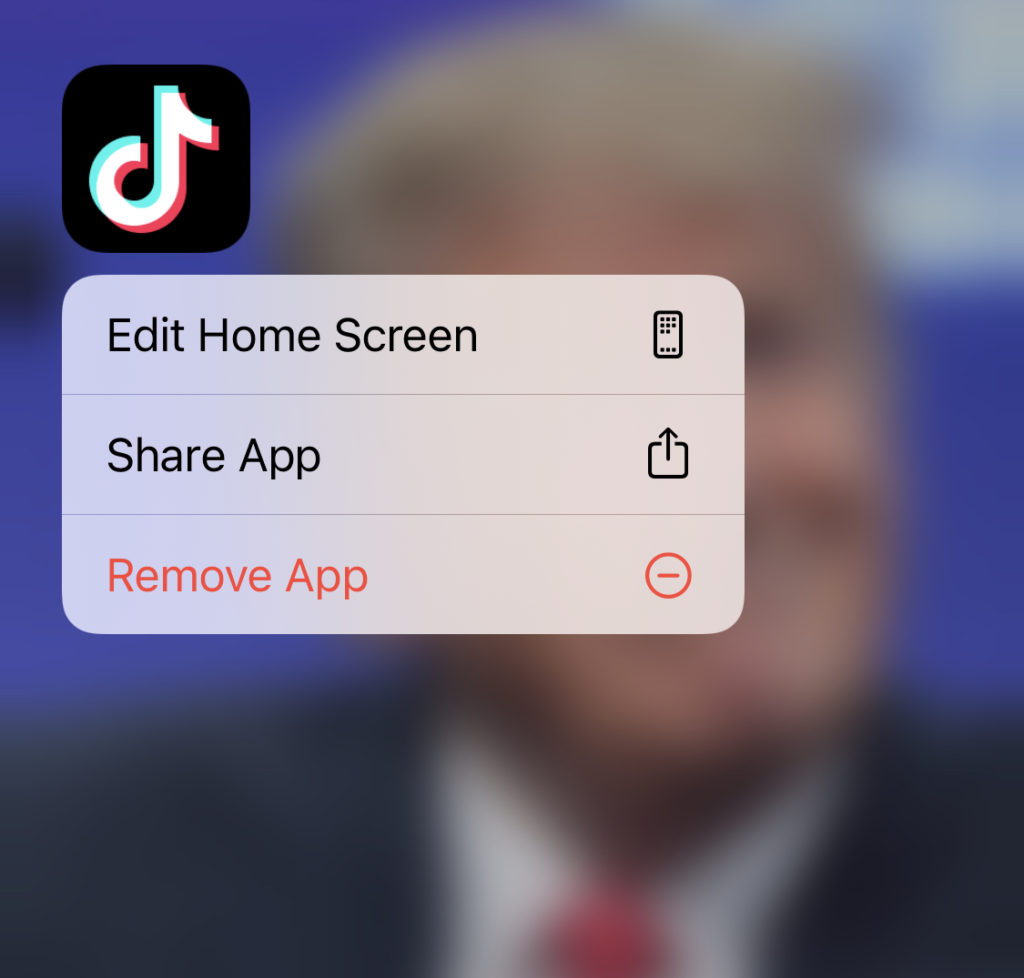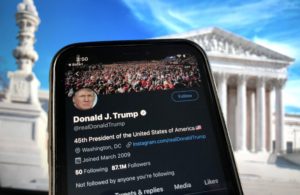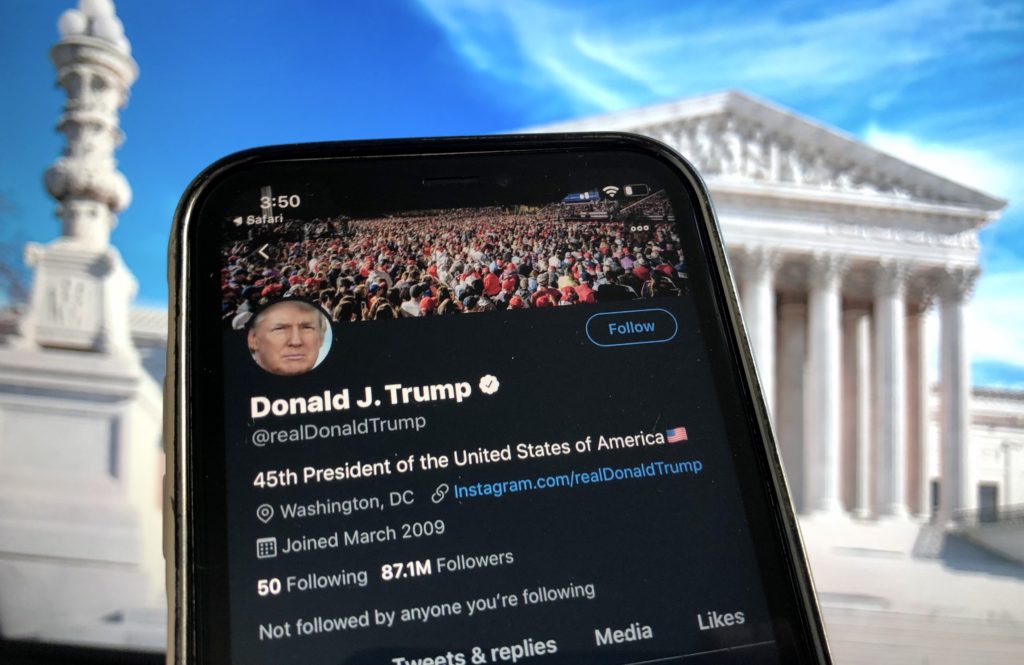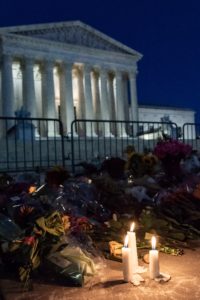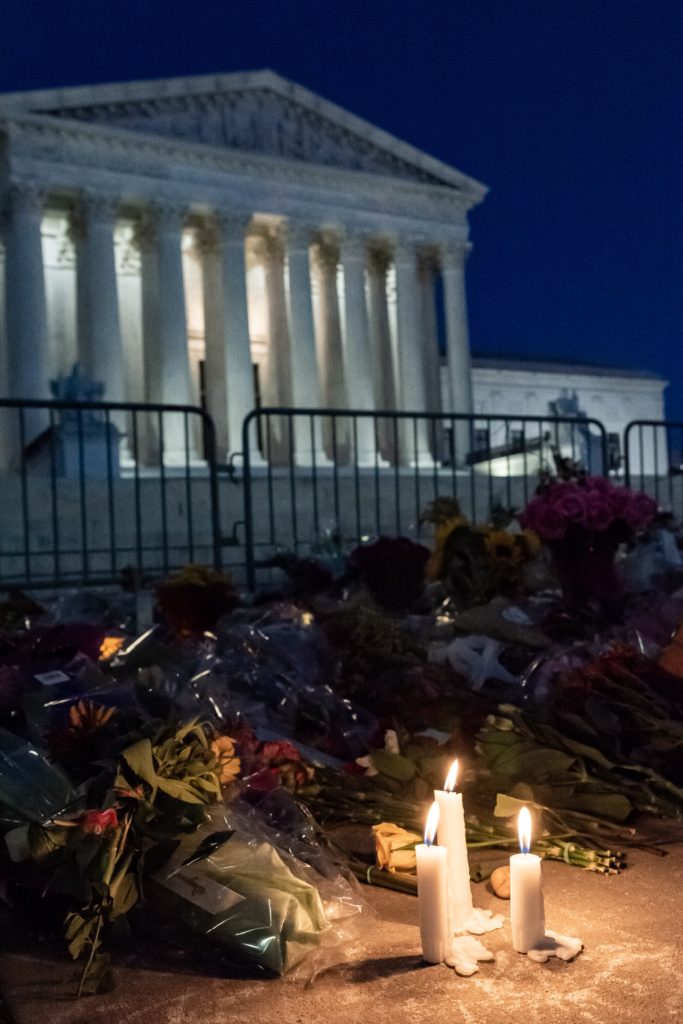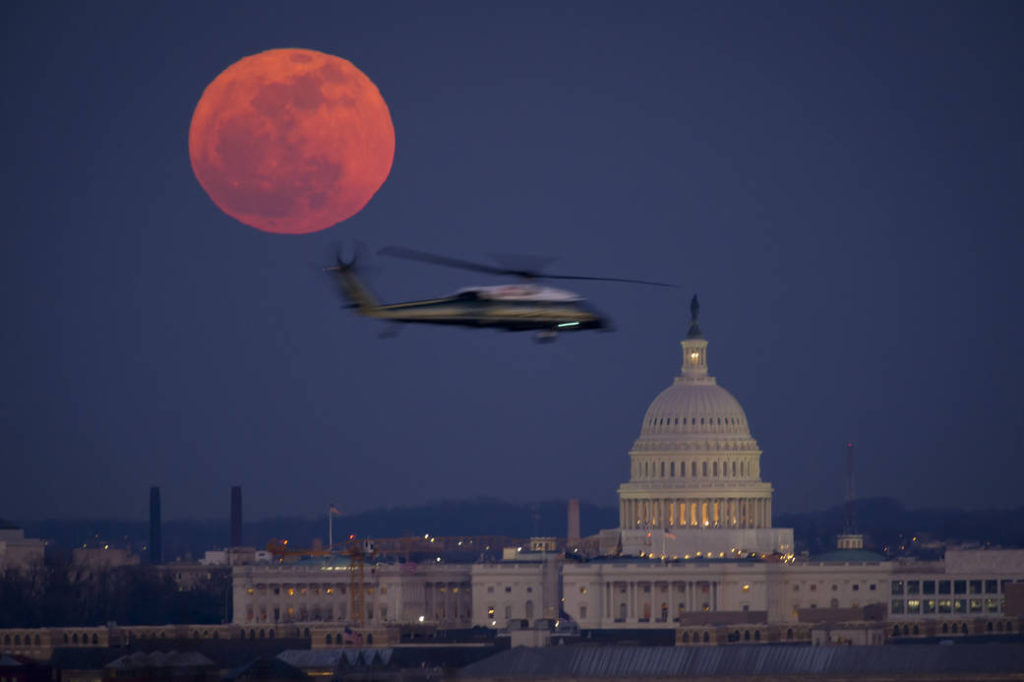Jasmine Jaffe
Former President Donald Trump faces a total of 91 felony charges across four separate criminal indictments.[1] Pleading not guilty to all charges against him, all four jurisdictions are gearing up for trial, and the timeline of these legal proceedings carries significant implications for the 2024 Presidential Election.[2] As the very likely Republican nominee, Trump is set to face off against his 2020 opponent, President Joe Biden.[3] If Trump is convicted and sentencing occurs before November 5, there stands a real possibility of the presidential candidate being in a prison cell when Americans cast their votes.
New York Hush Money Indictment
On March 30, 2023, Manhattan District Attorney Alvin Bragg announced that a grand jury had indicted former President Trump on 34 felony charges of falsifying business records concerning hush money payments made to Stormy Daniels.[4] Prosecutors allege that Trump “orchestrated a scheme with others to influence the 2016 presidential election by identifying and purchasing negative information about him to suppress its publication and benefit the Defendant’s electoral prospects.”[5] The defense filed multiple motions to dismiss the charges to no avail and as of February 15, Trump’s first criminal trial is set to begin March 25.[6] According to presiding Judge Merchan, the trial is expected to last five or six weeks, ending in late April or early May.[7] If convicted, which is likely considering the New York jury pool and the strength of the evidence, each count could result in a prison sentence of up to four years, to be served consecutively, or the judge could impose no prison sentence.[8] The latter is seen as the most likely result because the accusations against Trump are largely victimless.[9] Consequently, the judge is not likely to sentence him to anything more than fines, or at most, probation and community service.[10]
Florida Classified Documents Indictment
Trump faces his most serious charges in a 40-felony count indictment related to his alleged mishandling of classified documents at Mar-a-Lago.[11] While the trial is technically set for May, Trump filed a motion to dismiss on February 22, claiming he should be shielded from prosecution by presidential immunity.[12] This motion aligns with previous requests to toss out the indictment, citing alleged prosecutorial misconduct and selective and vindictive prosecution.[13] By flooding the court with these motions and the amount of discovery required, it is highly unlikely that trial will occur before the election.[14] If elected and able to pardon himself, Trump may avoid his most damning indictment, which typically carries “prison sentences of several years or more.”[15]
January 6th Election Interference Indictment
Trump’s third indictment stems from special counsel Jack Smith’s investigation into alleged efforts by the former president to overturn the 2020 election. The indictment alleges Trump “attempted to exploit the violence and chaos at the Capitol by calling lawmakers to convince them . . . to delay the certification.”[16] In October, the Trump defense team filed a motion to dismiss citing presidential immunity under Nixon v. Fitzgerald.[17] After the district court rejected this argument in December, special counsel Jack Smith sought the extraordinary step of bypassing the D.C. Circuit’s appeal process by turning directly to the Supreme Court. Smith argued that the “Court should grant a writ of certiorari before judgment to ensure that it can provide the expeditious resolution this case warrants.”[18] The Court was unconvinced and denied the special counsel’s request, sending the case back to the D.C. Circuit.[19] On February 6, the appeals court unanimously affirmed the District Court, with Trump shortly after requesting the Supreme Court to block the appeals court ruling.[20] Twenty-two days later, the Court granted cert and oral argument has been set for April 22.[21] Given the Court’s expected timeline, a decision will likely not be issued until late June.[22] Assuming the former President does not receive immunity, this would push the trial right up to the election.[23] However, most legal commentators believe this is “game over” for Jack Smith, and the trial will not conclude until after November 5.[24]
Georgia Election Racketeering Indictment
The most recent of Trump’s criminal charges occurred on August 14, 2023, when a grand jury in Fulton County, Georgia indicted the former President for violation of state RICO charges, among 12 other charges.[25] Like other prosecutors, Fulton County District Attorney Fani Willis is seeking to secure a conviction before the election.[26] However, she faces her own uphill battle as she is fighting efforts against her disqualification from the case for alleged corruption.[27] Trump co-defendant Michael Roman and several other co-defendants are seeking Willis’ disqualification from the election case on the grounds that she benefited financially from a romantic relationship with an attorney who she hired for the case.[28] Legal observers are split on if presiding Judge Scott McAfee will decide to remove Willis from the case.[29] If she is removed, it would take some time for a new prosecutor to be appointed, and an even longer time for the complex, 15-defendant case to see trial.[30] This delay would likely mean that President Trump, yet again, escapes prosecution until after the election.
In summary, the likelihood of the former President finding himself behind bars before November 5, 2024, appears remote. Even in the event of a conviction in any of the pending criminal cases, legal processes, appeals, and potential delays are likely to extend well beyond the election. The protracted nature of the legal system, combined with the complexity of the charges and the strategic legal maneuvers employed by Trump’s defense team, make the prospect of prompt resolutions improbable.
[1] Gareth Evans, A guide to Donald Trump’s four criminal cases, BBC (Feb. 15, 2024), https://www.bbc.com/news/world-us-canada-61084161.
[2] Id.
[3] Ken Bredemeier, Trump Moving Closer to Election Rematch With Biden, Voice of America (Feb. 25, 2024), https://www.voanews.com/a/trump-moving-closer-to-election-rematch-with-biden/7501994.html.
[4] Indictment, People v. Trump, Case No. 1:23-cv-71543 (S.D.N.Y. Mar. 30, 2023).
[5] Statement of Facts, People v. Trump, Case No. 1:23-cv-71543 (S.D.N.Y. Mar. 30, 2023).
[6] Frank G. Runyeon, Trump Gets March 25 Trial Date in NY Hush Money Case, Law360 (Feb. 15, 2024), https://www.law360.com/articles/1803271/trump-gets-march-25-trial-date-in-ny-hush-money-case.
[7] Id.
[8]Ann E. Marimow, Here are the 34 charges against Trump and what they mean, Wash. Post (Apr. 4, 2023), https://www.washingtonpost.com/national-security/2023/04/04/trump-charges-34-counts-felony/#.
[9] John Bowden, Will Donald Trump go to prison?, The Independent (Feb. 15, 2024), https://www.the-independent.com/news/world/americas/us-politics/trump-prison-jail-time-trial-b2497046.html.
[10] Id.
[11] Indictment, U.S. v. Trump, Case No. 23-cr-80101 (S.D. Fla. Jul. 27, 2023).
[12] Perry Stein & Dalvin Barrett, Trump again claims immunity in effort to toss Fla. Classified documents case, Wash. Post (Feb. 23, 2024), https://www.washingtonpost.com/national-security/2024/02/22/trump-classified-documents-motions-dismiss/#.
[13] Id.
[14] Alan Feuer & Maggie Haberman, A Trump Judge Under Scrutiny, N.Y. Times (Feb. 22, 2024), https://www.nytimes.com/2024/02/22/us/politics/trump-trial-documents-cannon.html. Some have called for Judge Aileen Cannon’s removal from the case, characterizing her one of the “far worse of the jurists overseeing these momentous cases” and alleging that her “decisions during the investigative phase of the case strayed widely from precedent.” Norman L. Eisen & Joshua Kolb, Aileen Cannon Might Actually Get Herself Kicked Off the Trump Classified Docs Case, Slate (Feb. 20, 2024), https://slate.com/news-and-politics/2024/02/aileen-cannon-trump-classified-disqualification.html.
[15] John Bowden, Will Donald Trump go to prison?, The Independent (Feb. 15, 2024), https://www.the-independent.com/news/world/americas/us-politics/trump-prison-jail-time-trial-b2497046.html.
[16] Indictment, U.S. v. Trump, Case No. 23-cr-00257 (D.D.C. Aug. 1, 2023), at 41.
[17] Motion to Dismiss Indictment Based on Presidential Immunity, U.S. v. Trump, Case No. 23-cr-00257 (D.D.C. Oct. 5, 2023). Nixon held that the President is entitled to absolute immunity from liability for official responsibilities. Nixon v. Fitzgerald, 457 U.S. 731, 756 (1982).
[18] Petition for Writ of Certiorari, US v. Trump, (No. 23-00357), at 3.
[19] Robert Barnes, Supreme Court won’t expedite ruling on Trump’s immunity claim, Wash. Post (Dec. 22, 2023), https://www.washingtonpost.com/national-security/2023/12/22/supreme-court-trump-immunity-expedition-denied/#.
[20] US v. Trump, Case No. 23-cr-00257-1 (D.C. Cir. Feb. 6, 2024).
[21] Trump v. US, cert. granted, No. 23-939 (Feb. 28, 2024).
[22] Adam Liptak, Supreme Court Agrees to Hear Trump’s Immunity Claim, Setting Arguments for April, N.Y. Times (Feb. 28, 2024), https://www.nytimes.com/2024/02/28/us/supreme-court-trump-immunity-trial.html.
[23] Zach Schonfeld, Trump’s Jan. 6 trial falls into doubt as Supreme Court takes up immunity claims, Hill (Feb. 29, 2024), https://thehill.com/regulation/court-battles/4497023-trump-jan-6-trial-supreme-court-immunity-claims//.
[24] Rick Hasen, Why Did the Supreme Court Wait So Long to Decide to Set the Trump Criminal Immunity Case for Full Hearing and Argument? It Likely Means No Trial for Trump on Election Subversion Before the Election, Election Law Blog (Feb. 28, 2024), https://electionlawblog.org/?p=141686; Kyle Cheney & Josh Gerstein, How the Supreme Court just threw Trump’s 2024 trial schedule into turmoil, Politico (Feb. 28, 2024), https://www.politico.com/news/2024/02/28/how-the-supreme-court-just-threw-trumps-2024-trial-schedule-into-turmoil-00144043 (The trial judge has indicated that she would give Trump about three months to prepare for a new trial date, meaning that the trial would likely not begin until, at the earliest, October. The trial itself is expected to last another three months and thus ending in December).
[25] Indictment, Trump v. State, Case No. 23-sc-188947 (Fulton Super. Ct. Aug. 14, 2023)
[26] Jan Wolfe & Cameron McWhirter, Georgia Prosecutors Seek August 2024 Trial Date for Trump, Wall St. J. (Nov. 17, 2023), https://www.wsj.com/politics/elections/georgia-prosecutors-seek-august-2024-trial-date-for-trump-bb9ae97c#.
[27] David Wicket & Bill Rankin, Meet Mike Roman, the man trying to bring down Fani Willis, Atlanta J. Const. (Feb. 7, 2024), https://www.ajc.com/politics/meet-mike-roman-the-man-trying-to-bring-down-fani-willis/YMCZT7UVHBDRNAMYRPGJUATMJU/.
[28] Id.
[29] See Katie S. Phang, Why Judge McAfee’s Fani Willis decision is a surprisingly easy one, MSNBC (Feb. 21, 2024), https://www.msnbc.com/opinion/msnbc-opinion/fani-willis-hearing-decision-judge-mcafee-georgia-case-rcna139750#. See cf. Thomas Kika, Fani Willis’ Decision is ‘Bad Look,’ Ex-Prosecutor Warns, Newsweek (Feb. 5, 2024), https://www.newsweek.com/fani-willis-joyce-vance-fulton-county-1867069.
[30] Alison Durkee, Will Fani Willis Be Disqualified? Here’s What Would Happen Next if She’s Removed., Forbes (Feb. 16, 2024), https://www.forbes.com/sites/alisondurkee/2024/02/16/will-fani-willis-be-disqualified-heres-what-would-happen-next-if-shes-removed/?sh=64b691a017be.

